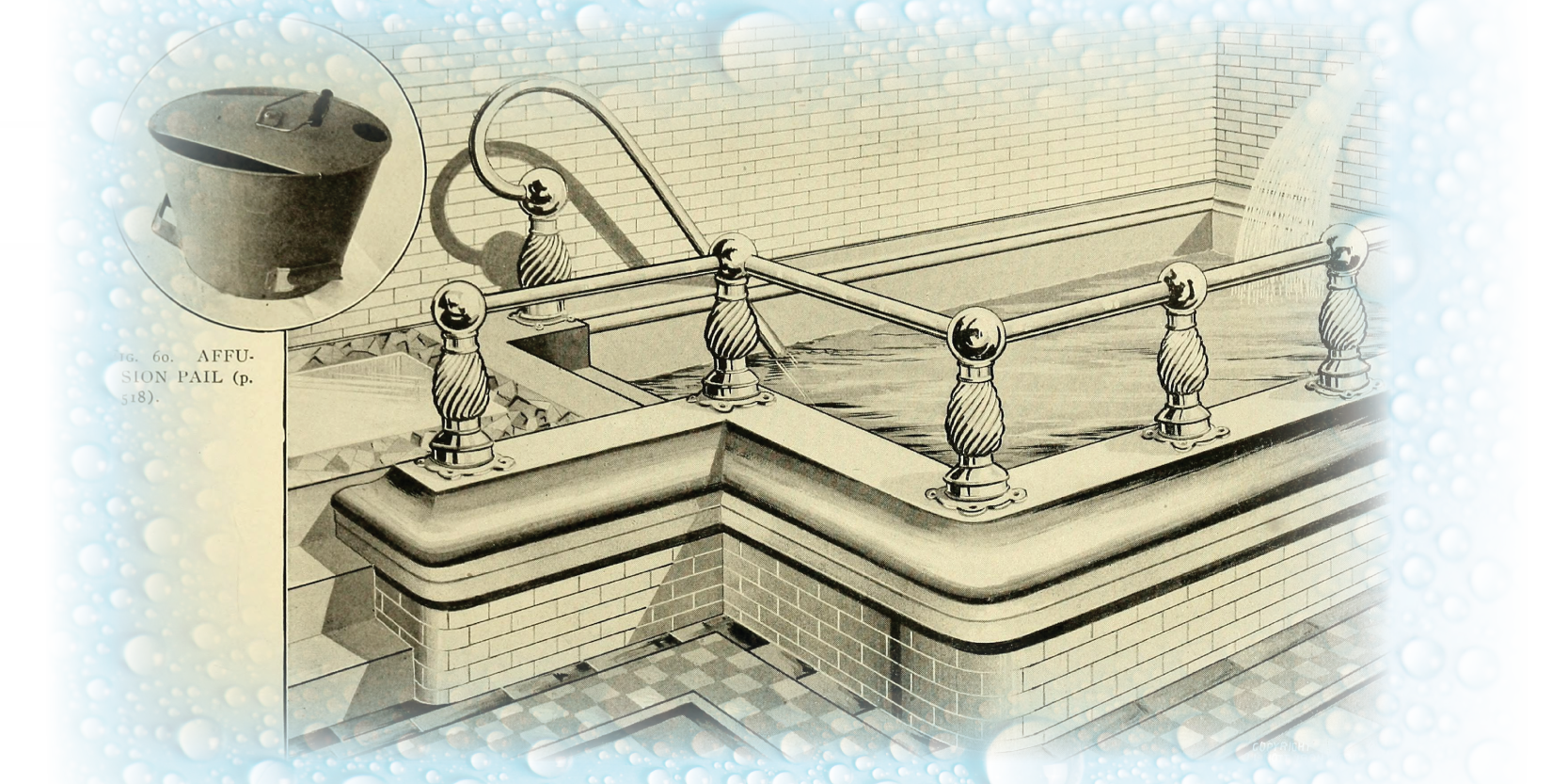History of Hydrotherapy
Hydrotherapy is derived from the word water. Water can be used to relive discomfort and promote physical well being. Hydrotherapy is used for maintaining and regulating muscle and joint health and has been around for centuries, starting with the Greeks. Hydrotherapy has evolved over the years with changes in technology and types of treatments.
Before the modern term of hydrotherapy, easing pain and maintaining health with water was called “water cure or hydropathy”. Hydrotherapy was first documented by the Greek physician Hippocrates. Hippocrates is referred to as the “father of modern medicine”. He was one of the first people in the 5th century B.C. to create a written record on the healing of diseases. Hippocrates prompted health and wellness by bathing in a spring. From the Geeks hydrotherapy moved to the Roman culture. Romans promoted the use of hydrotherapy to citizens through the use of public communal baths. Egyptians believed flowers and essential oils would aid people holistically when added to bath water.
After the fall of Rome, Christians decided to eliminate public baths, due to the negative behavior endorsed through holy texts. During the 110th century Benedictine monks believed in the therapeutic properties of hot springs. Hydrotherapy regained popularity through the Middle Ages and Renaissance. Physicians believed springs full of sulfur and water rich in bromine could treat various ailments. By the 18th century, the use of water and its healing properties was spread across Europe.
By the beginning of the 19th century, hydrotherapy expanded across the globe. One person in particular paved the way for hydrotherapy. Father Sebastian Kneipp, a Bavarian monk, has been deemed the father of hydrotherapy. He was at the forefront of making hydrotherapy practices less medical and more therapeutic.

